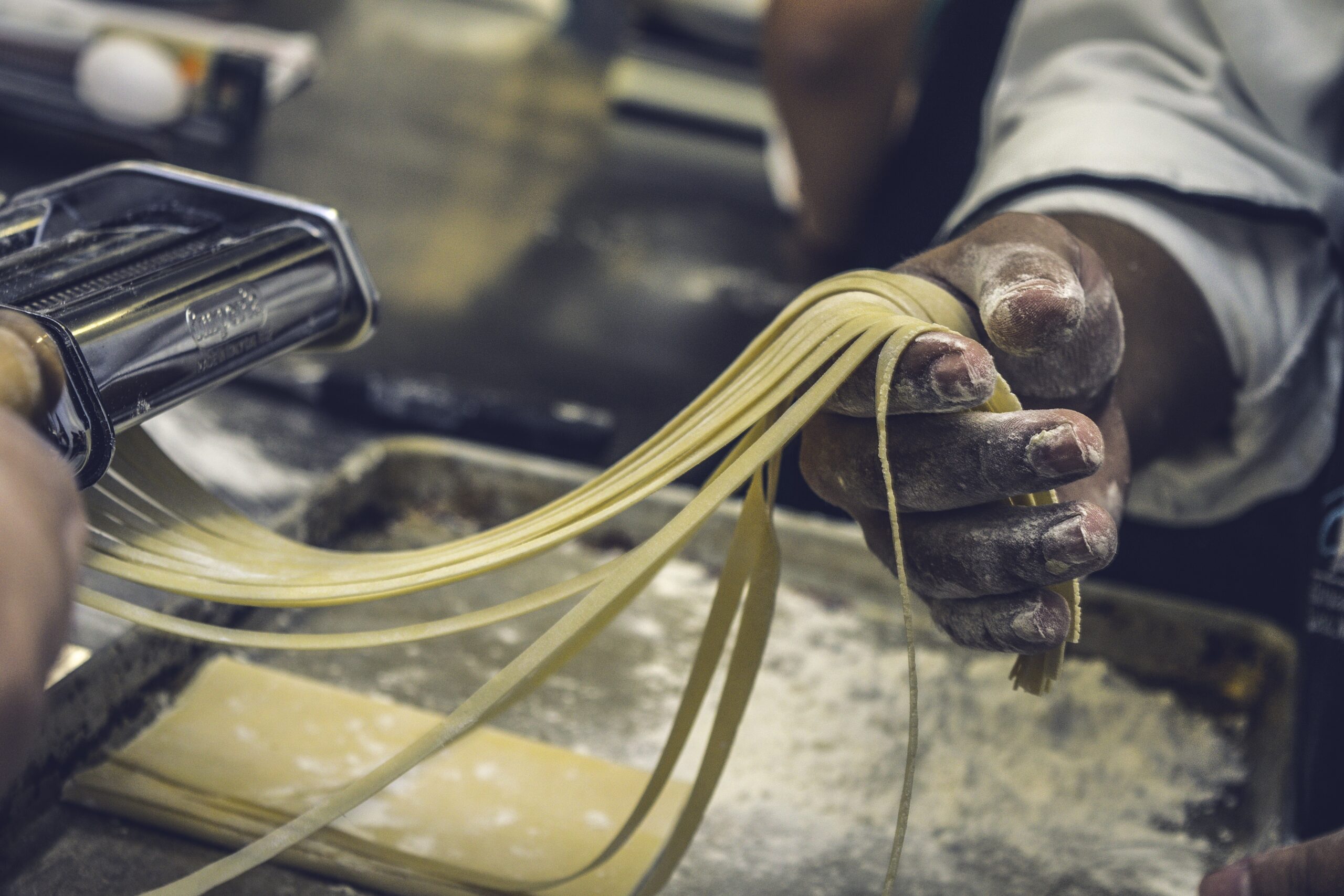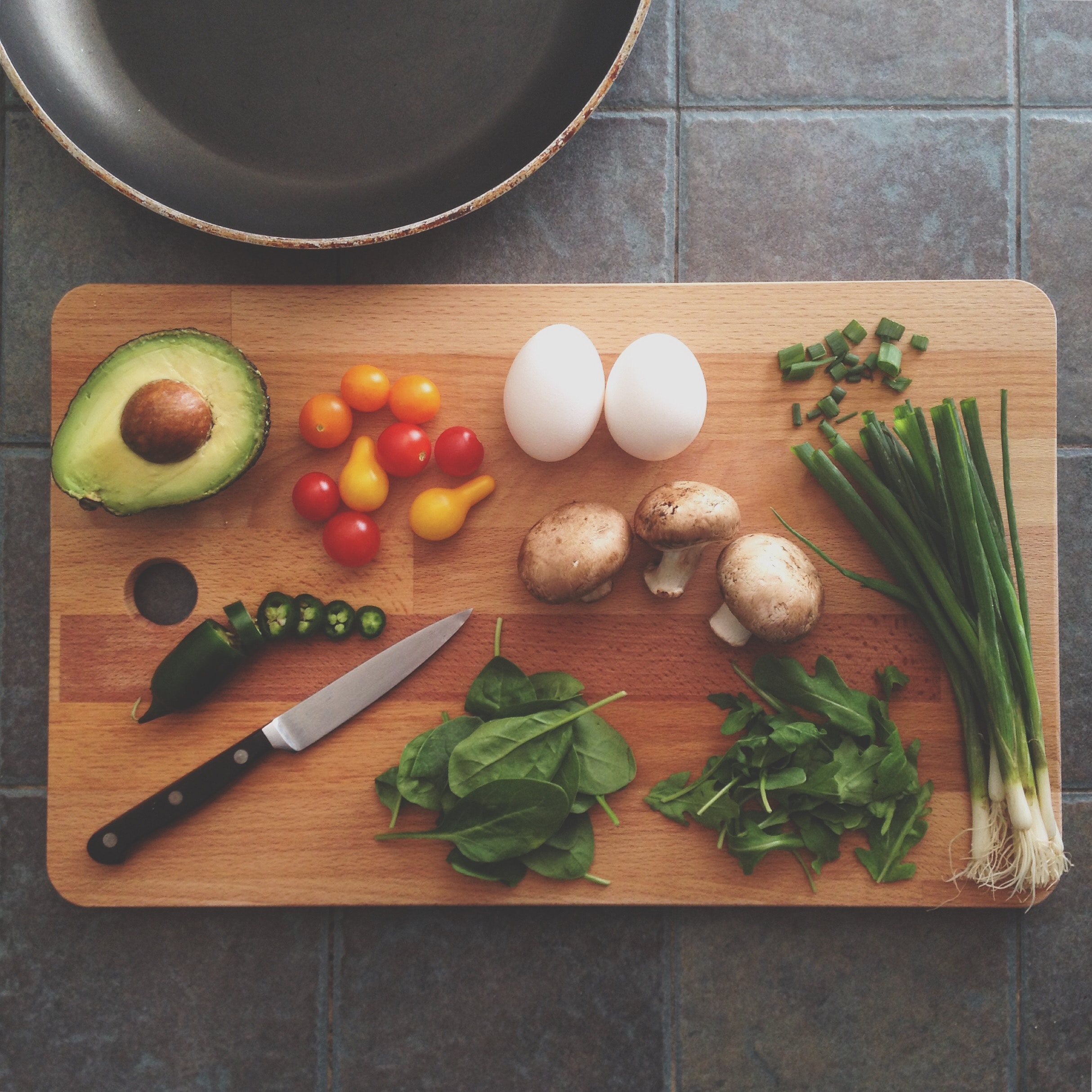If you’ve ever found yourself in the kitchen with a craving for delicious, homemade biscuits or cornbread, you may have wondered if there are any secret techniques to achieving the perfect results. Well, wonder no more! In this article, we will explore the world of baking and reveal the tried-and-true methods that will help you create biscuits and cornbread that are fluffy, golden, and simply irresistible. So grab your apron and get ready to discover the secrets to baking success!

Understanding the Basics of Biscuit Making
Biscuits are a beloved comfort food that can be enjoyed on their own or used as a base for sandwiches and other dishes. To create the perfect batch of biscuits, it is essential to understand the basics of biscuit making.
Knowing the types of biscuits
There are various types of biscuits, each with its own unique characteristics. The most common types include drop biscuits, which are quick and easy to make, and rolled biscuits, which require a bit more effort but result in flakier and more delicate biscuits.
The importance of ingredients in biscuit making
The ingredients used in biscuit making play a crucial role in the texture, flavor, and overall success of the biscuits. The main ingredients typically include flour, leavening agents such as baking powder or baking soda, fat (usually butter or shortening), liquid (such as milk or buttermilk), and a pinch of salt.
The role of temperature in biscuit making
Temperature is another crucial factor in biscuit making. It is important to use cold fat and liquid ingredients to ensure a flaky texture. Additionally, maintaining a cold environment during the biscuit-making process, such as chilling the dough before baking, can result in better rise and lighter biscuits.
Creating the Perfect Biscuit Dough
The key to creating the perfect biscuit dough lies in the techniques used during the preparation process.
The method of cutting butter into the flour
One of the most important techniques in biscuit making is cutting cold butter into the flour. This process involves incorporating small pieces of butter into the dry ingredients until the mixture resembles coarse crumbs. This step helps to create flakiness by forming small pockets of fat in the dough.
Proper ratio of dry to wet ingredients
Getting the ratio of dry to wet ingredients right is essential for achieving the desired texture in biscuits. Too much liquid can result in dense and heavy biscuits, while too little can make them dry and crumbly. Finding the perfect balance is key.
The influence of kneading on the texture of the biscuits
Kneading the dough is another crucial step that affects the texture of the biscuits. Overkneading can result in tough and dense biscuits, while under-kneading can lead to uneven texture. It is important to knead the dough just enough to bring it together.
Baking Techniques for Biscuits
Baking biscuits requires careful attention to the baking process to ensure they come out perfectly golden and delicious.
Determining the right baking temperature
The baking temperature can significantly impact the outcome of the biscuits. Most biscuit recipes call for a high oven temperature, usually around 425°F (220°C), to create the right amount of steam and promote rising. However, it is important to follow the recipe instructions to achieve the best results.
Ensuring even baking of biscuits
To ensure even baking, it is crucial to arrange the biscuits properly on the baking sheet, leaving enough space between each one to allow for expansion. This prevents the biscuits from touching and ensures that they evenly brown.
Baking time and its impact on the biscuits’ texture and flavor
The baking time is crucial in achieving the desired texture and flavor of the biscuits. Overbaking can result in dry and hard biscuits, while underbaking can leave them doughy and undercooked. It is important to closely monitor the baking time and remove the biscuits from the oven as soon as they are golden brown.
Common Biscuit Making Problems and How to Avoid Them
While making biscuits, it is common to encounter certain issues. Understanding these problems and their solutions can help you avoid disappointment and create perfect biscuits every time.
Preventing flat biscuits
Flat biscuits can occur when the leavening agents are not working effectively. To prevent this, make sure your baking powder or baking soda is fresh and not expired. Additionally, handle the dough gently to avoid deflating any trapped air.
Avoiding too dry or too crumbly biscuits
Dry or crumbly biscuits can be a result of using too much flour or butter or not enough liquid. Be precise with your measurements and adjust the amount of liquid or fat if necessary. Adding a touch more liquid can help bind the ingredients together and improve the moisture levels.
Dealing with doughy or undercooked biscuits
Doughy or undercooked biscuits can occur when the baking time is not sufficient or when the oven temperature is too low. Make sure to follow the recipe instructions for baking time and temperature and use an oven thermometer to ensure accuracy.

Additional Tips for Better Biscuits
Here are some additional tips that can take your biscuits to the next level:
Incorporating flavors into the biscuits
To add extra flavor to your biscuits, experiment with adding herbs, spices, cheese, or even bacon bits to the dough. These additional ingredients can elevate the taste and make your biscuits more interesting.
Creating flaky layers in biscuits
To create those sought-after flaky layers in your biscuits, handle the dough with care and avoid overworking it. The small pockets of fat created by cutting butter into the flour will result in layers as the biscuits bake.
Making biscuits in advance: storage and reheating
If you want to make biscuits in advance, it is best to bake them fully, let them cool completely, and store them in an airtight container. When reheating, place them in a preheated oven for a few minutes to regain their warmth and crispness.
Understanding the Basics of Cornbread Making
Cornbread is a staple in many households, especially in regions where corn is abundant. Understanding the basics of cornbread making is essential for creating a delicious and satisfying result.
Knowing the types of cornbread
There are different types of cornbread, such as Southern-style cornbread and Northern-style cornbread. Southern-style cornbread typically contains little or no sugar and is made with cornmeal, while Northern-style cornbread often includes sugar and additional ingredients like flour and butter.
The importance of ingredients in cornbread making
Similar to biscuits, the ingredients used in cornbread making significantly impact its texture and flavor. The main ingredients typically include cornmeal, flour, leavening agents, liquid (milk, buttermilk, or water), fat (such as butter or oil), eggs, salt, and optional sweeteners.
The role of temperature in cornbread making
Temperature is a crucial element when making cornbread. Preheating the oven and using the appropriate baking temperature helps ensure proper rising and browning of the cornbread. It is important to follow the recipe instructions regarding temperature for the best results.

Creating the Perfect Cornbread Batter
The key to achieving the perfect cornbread batter lies in the mixing techniques and ingredient ratios.
The method of mixing cornmeal with other ingredients
When preparing the cornbread batter, it is essential to mix the cornmeal with the other ingredients thoroughly. The dry ingredients should be combined first before incorporating the liquid ingredients, ensuring a well-blended and smooth batter.
Proper ratio of dry to wet ingredients
Finding the right balance between dry and wet ingredients is essential for creating a moist and tender cornbread. The right ratio can vary depending on the type of cornbread you prefer, whether it is a denser Northern-style cornbread or a lighter Southern-style cornbread.
Balancing the sweet and savory flavors in cornbread
Cornbread can be made with varying degrees of sweetness, depending on personal preference and regional traditions. Balancing the sweet and savory flavors is important to achieve the desired taste. Adjust the amount of sugar or other sweeteners used to customize the sweetness level.
Baking Techniques for Cornbread
To bake perfect cornbread, following specific techniques is essential to ensure even cooking and optimal texture.
Determining the right baking temperature
Similar to biscuits, the baking temperature for cornbread is typically high, usually around 425°F (220°C). The high temperature helps create a golden crust and gives the cornbread a slightly crispy exterior.
Ensuring even baking of cornbread
To ensure even baking, it is important to use a properly prepared baking pan. Greasing the pan properly helps prevent sticking and allows for easier removal of the cornbread. Additionally, evenly spreading the batter in the pan ensures consistent baking.
Baking time and its impact on the cornbread’s texture and flavor
The baking time can affect the texture and flavor of the cornbread. Bake the cornbread until it is golden brown around the edges and a toothpick inserted into the center comes out clean. Overbaking can result in dry cornbread, while underbaking may leave it undercooked and too moist.
Common Cornbread Making Problems and How to Avoid Them
When making cornbread, certain issues can arise. Learning about common problems and their solutions can help you avoid disappointments in your cornbread-making endeavors.
Preventing dry or crumbly cornbread
Dry or crumbly cornbread can occur due to overbaking or excessive amounts of dry ingredients. To prevent this, make sure to follow the recipe’s recommended baking time and use the proper amount of liquid. Adjusting the ratios of dry ingredients and liquid can help achieve a moist and tender texture.
Avoiding overly sweet or bland cornbread
Overly sweet or bland cornbread can be avoided by carefully adjusting the amount of sugar or other sweeteners used. Taste the batter before baking and add more salt or seasonings to enhance the flavor if needed.
Dealing with undercooked or overly dense cornbread
Undercooked or overly dense cornbread can be a result of not baking it for the recommended time or using the incorrect ratio of dry to wet ingredients. Make sure to follow the baking time and adjust the ingredient ratios if necessary to achieve a fully cooked and tender cornbread.
Additional Tips for Better Cornbread
To take your cornbread to the next level, consider these additional tips:
Incorporating flavors into the cornbread
Experiment with adding ingredients such as diced jalapenos, shredded cheese, or corn kernels to the cornbread batter to add extra flavor and texture. These additions can enhance the overall taste and make your cornbread more exciting.
Creating a moist and light cornbread
To create a moist and light cornbread, avoid overmixing the batter, as this can lead to a dense texture. Mix the ingredients until just combined, and be careful not to overdo it.
Making cornbread in advance: storage and reheating
If you need to make cornbread in advance, bake it fully and let it cool completely before storing it in an airtight container. When reheating, wrap the cornbread in foil and warm it in the oven to help regain its freshness and texture.
By understanding the basics of biscuit and cornbread making, knowing the importance of ingredients and temperature, using proper techniques, and avoiding common problems, you can confidently create perfect biscuits and cornbread every time. With these additional tips, you can elevate your creations and delight your family and friends with mouthwatering homemade biscuits and cornbread.

